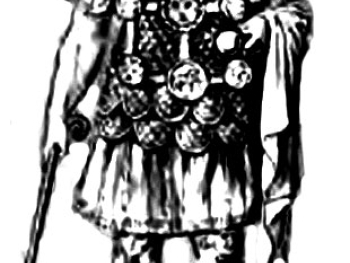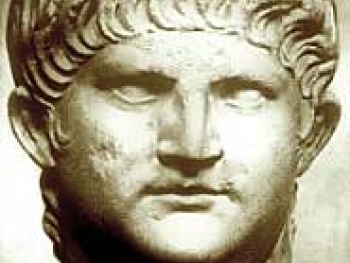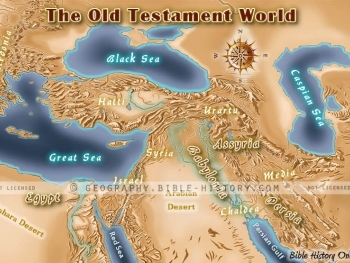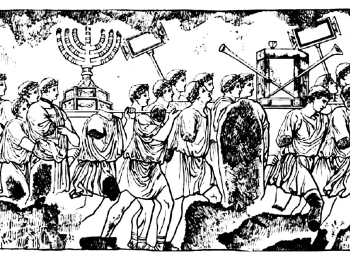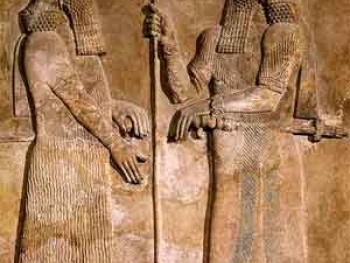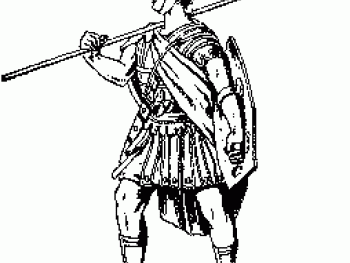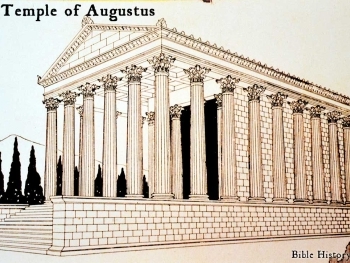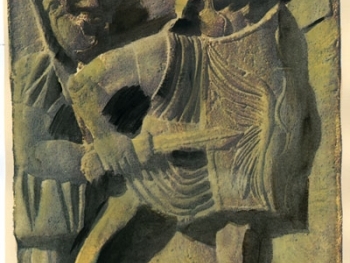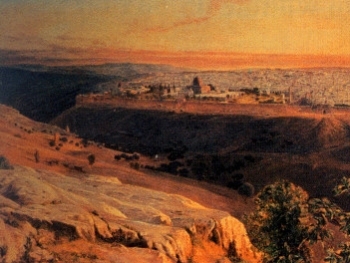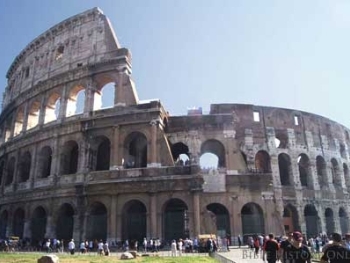Ancient Egyptians had a complex and elaborate process of mummification to preserve the bodies of the deceased for the afterlife. The process involved several steps:
- Removal of organs: The embalmers would first remove the internal organs, except for the heart, as it was believed to be the seat of intelligence and would be needed in the afterlife. The organs were placed in canopic jars for preservation.
- Dehydration: The body was then dehydrated using a substance called natron, a type of salt, which helped to dry out the tissues and prevent decay.
- Wrapping: After dehydration, the body was carefully wrapped in linen bandages. Amulets and charms were placed between the layers of bandages for protection.
- Mask and burial: A mask, often made of painted plaster or even gold, was placed over the face of the deceased. The mummy was then typically placed in a decorated coffin or sarcophagus, which was placed in a tomb or burial chamber.
The entire process of mummification was carried out by skilled embalmers and took around 70 days to complete. It was believed that by preserving the body, the soul of the deceased could continue its journey in the afterlife.
